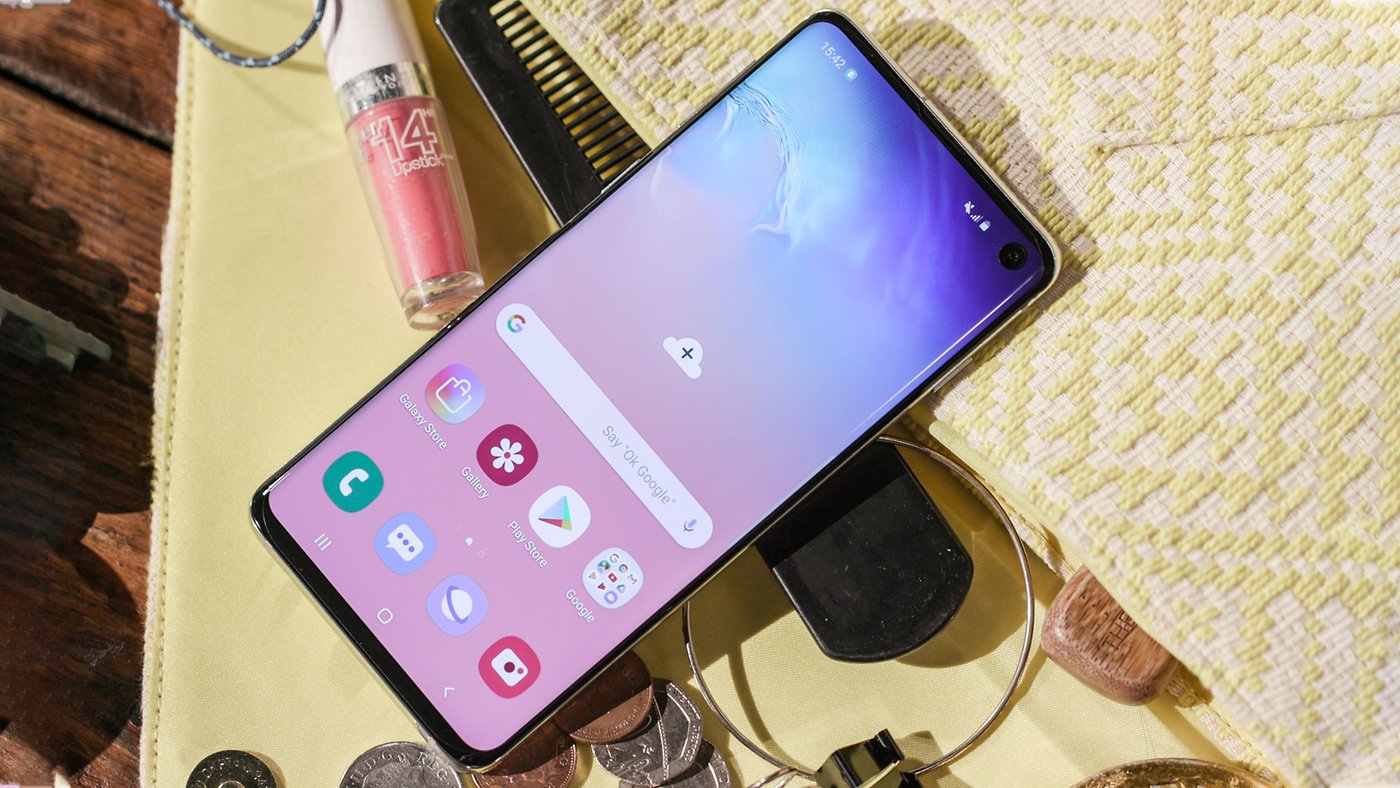
Are you wondering how to re-enable TouchWiz Home after it's been disabled on your Samsung Galaxy A? If so, you've come to the right place. TouchWiz Home is a key feature of Samsung smartphones, providing an intuitive and customizable interface for users. However, there are instances where it may be inadvertently disabled, leading to confusion and frustration. In this article, we'll delve into the steps to re-enable TouchWiz Home on your Samsung Galaxy A, ensuring that you can once again enjoy the seamless and user-friendly experience that it offers. Let's explore the simple yet effective methods to restore TouchWiz Home and regain control of your device's interface.
Inside This Article
- Steps to Re-Enable TouchWiz Home – Accessing Settings – Selecting Default Apps – Choosing TouchWiz Home – Confirming Changes
- Troubleshooting TouchWiz Home – Potential Issues – Resetting TouchWiz Home – Clearing App Data – Rebooting the Device
- Conclusion
- FAQs
Steps to Re-Enable TouchWiz Home – Accessing Settings – Selecting Default Apps – Choosing TouchWiz Home – Confirming Changes
When TouchWiz Home has been disabled on your Samsung Galaxy A, re-enabling it involves a few simple steps. Here’s a guide to help you restore TouchWiz Home as your default launcher.
To begin, access the “Settings” on your Samsung Galaxy A. You can typically find the Settings app in the app drawer or by swiping down from the top of the screen and tapping the gear icon in the top-right corner.
Next, navigate to the “Apps” or “Applications” section within the Settings menu. This is where you can manage and customize the various apps and default settings on your device.
Within the “Apps” section, locate and tap on “Default Apps.” This is where you can set your preferred default apps for various functions, including the home screen launcher.
Once in the “Default Apps” menu, find and select “Home Screen.” Here, you can choose the default launcher for your Samsung Galaxy A, including TouchWiz Home, which is the native launcher for Samsung devices.
After selecting “Home Screen,” you should see a list of available launchers installed on your device. Look for “TouchWiz Home” in the list and tap on it to set it as the default launcher for your Samsung Galaxy A.
Finally, confirm the changes by exiting the Settings menu. Press the home button on your device, and you should be prompted to select the default launcher. Choose “TouchWiz Home,” and the changes will be confirmed, re-enabling TouchWiz Home as your default launcher.
Troubleshooting TouchWiz Home – Potential Issues – Resetting TouchWiz Home – Clearing App Data – Rebooting the Device
While TouchWiz Home is designed to enhance the user experience on Samsung Galaxy A smartphones, there are instances where users may encounter issues with this feature. Understanding potential issues, resetting TouchWiz Home, clearing app data, and rebooting the device are key troubleshooting steps to address these concerns.
Some potential issues with TouchWiz Home may include sluggish performance, unresponsive gestures, or unexpected crashes. In such cases, resetting TouchWiz Home can often resolve these issues by restoring it to its default state. This process can help eliminate any underlying software glitches or conflicts that may be affecting its functionality.
Resetting TouchWiz Home is a straightforward process that involves reverting its settings to the original configuration. By doing so, users can effectively clear any customizations or modifications that may have led to the issues experienced, thereby allowing TouchWiz Home to operate optimally once again.
In addition to resetting TouchWiz Home, clearing the app data associated with this feature can also be beneficial. This action removes any temporary files or cached data that may be contributing to performance issues. By clearing the app data, users can essentially refresh TouchWiz Home, potentially resolving any persistent issues and improving its responsiveness.
Furthermore, if issues persist after resetting TouchWiz Home and clearing app data, rebooting the device can be a valuable troubleshooting step. A simple reboot can help rectify various software-related issues by refreshing the device’s system and clearing any temporary data or processes that may be impacting TouchWiz Home’s performance.
Re-enabling TouchWiz Home on a Samsung Galaxy A is a straightforward process that can be accomplished by following the steps outlined in this guide. By restoring the default launcher, users can regain access to the familiar TouchWiz interface, complete with its unique features and customization options. Whether it’s for personal preference or troubleshooting purposes, knowing how to re-enable TouchWiz Home can prove to be invaluable for Samsung Galaxy A users. This simple yet effective solution ensures that users can continue to enjoy the seamless and user-friendly experience that TouchWiz Home offers on their devices.
FAQs
Q: Can TouchWiz Home be disabled on a Samsung Galaxy A?
A: Yes, TouchWiz Home can be disabled on a Samsung Galaxy A if you prefer to use a different launcher.
Q: How can I re-enable TouchWiz Home after it's been disabled on my Samsung Galaxy A?
A: To re-enable TouchWiz Home after it's been disabled on your Samsung Galaxy A, you can follow the steps provided in this article.
Q: Will re-enabling TouchWiz Home affect my data or settings on the Samsung Galaxy A?
A: No, re-enabling TouchWiz Home should not affect your data or settings on the Samsung Galaxy A. It simply restores the default launcher.
Q: Can I customize TouchWiz Home after re-enabling it on my Samsung Galaxy A?
A: Yes, you can customize TouchWiz Home after re-enabling it on your Samsung Galaxy A by accessing the launcher settings.
Q: Is it possible to uninstall TouchWiz Home from my Samsung Galaxy A?
A: While it may not be possible to completely uninstall TouchWiz Home from your Samsung Galaxy A without root access, you can disable it and use a different launcher as an alternative.
